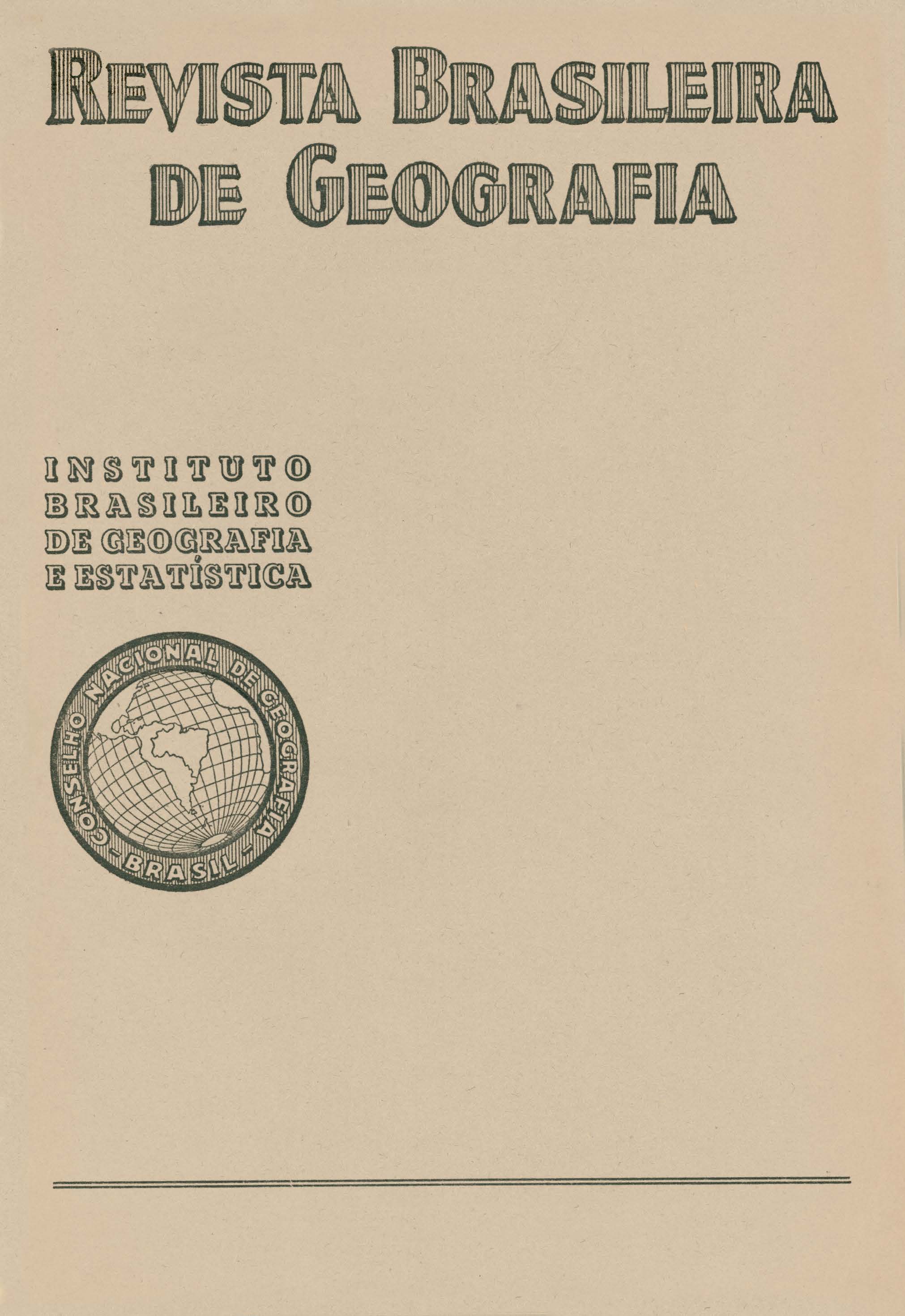Observações geográficas na Amazônia : primeira parte
Palavras-chave:
Amazônia;, Geografia Humana;, Geomorfologia;, Solos;, Geografia EconômicaResumo
In this article the author, Prof Pierre Gourou, refers to the observations and comments made during a trip to the Amazon for study purposes.
In the first chapter running upon the morphology and soil of the Belém region, he analyses the low and sandy plains, the formations of laterite, the valleys of the mouth of the Guamá River and examines the facts observed.
He shows that the region is constituted of a not too high, sandy plain and studies the relations existing between the soil and the underground water, as well as the importance of the layers of laterite in the formation of the small slopes. In another chapter he studies the hydographic system in the Belém region and suggests investigations and researches. One chapter he devotes to the morphology and soil of the Gurupá region where areas of sand sometimes covered with laterites are predominant, indicating as the most essential elements in the morphology the more or less submersed valley grounds and the real fields In writing about the morphology and soils of the Santarém and Belterra region he refers to the bare Santarém) terrace constituted of white, loose sand and coriaceous, gramineous plants which are rejected by the cattle; he describe the hillocks left over from the destruction of the region by erosion and shows the presence of laterite on the tops of the hills. He also describes the high plains in Santarém and Belterra and refers to the question of the origin of the stains of black earth which, in the opinion of some geologists, indicate the spots of old native habitations. Observations of the same kind are made in connection with the Manaus region, and the conclusion is reached that the soil there is sandy and poor.
The author refers to the scarcity of fields in the "black rivers" and establishes the rule
that the rivers of dark water do not drain fertile river basins.
In one chapter he speaks of the submersed valleys which constitute the essential feature of the Amazonian region between Belém and Manaus and which, in the option of the author, are real "channels" of sweet water. In another chapter, in a joint view of the high plains and valleys, the author sets forth the action of the coasts of laterite in the morphology of the Amazonian region. Finally, he endeavors to give some ideas as to how the soil may be utilized by men. He shows the constitution of residue sands which is very common in the areas under study and states that in those high plains the waterproof surface is very low during the drouth season and not within the reach of men or plants, which renders the soil somewhat barren. The soil of the high plains is very poor in useful chemical elements and the layer of vegetal soil is not very thick and frequently impaired through the presence of laterite. These facts, which are observed in the Amazonian region, are very common in tropical countries.
As regards the valleys, namely, the surface of the recent inundation, the author points to its reduced extension which he estimates in 60,000 km only, and studies its importance. He ends the article suggesting a program of morphological researches to take place there in order to clear up a few questions.






